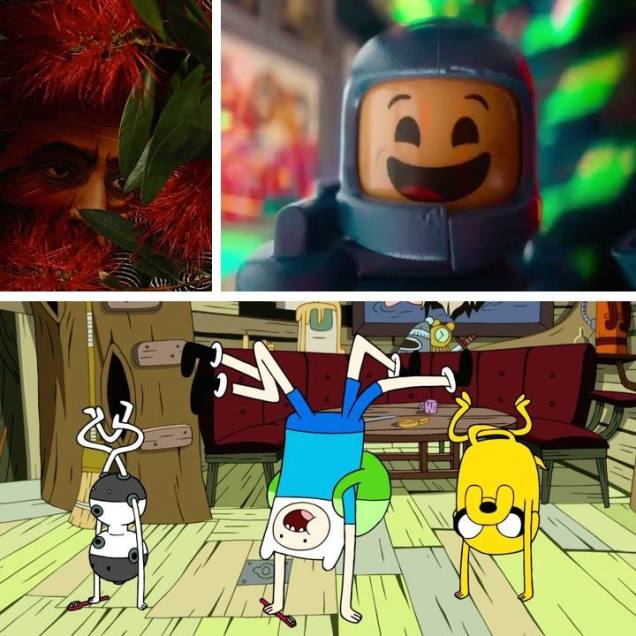By Charlie Donnelly
Prominent film theorists and filmmakers disagree about the role of animation in cinema, with the philosopher Stanley Cavell claiming that “cartoons are not movies” (Frank 24), a stark contrast with educator Hannah Frank’s conjecture that “all works of celluloid animation [are] photographic in origin” (Frank 23). While we’ve discussed the role of animation in cinema in class with varying opinions, there are certainly instances when animation possesses an expressive quality lacking in traditional photographic cinema, especially seen in the differences between the original 1994 animated version of The Lion King and the 2019 live action remake. Although some feel that live action possesses the most varied capabilities as a mode of cinema, I will argue that animation has unique powers of expression in creating vivid and recognizable characters, establishing connotation and theme, as well as creating heavily stylized worlds with their own distinct visual iconography.
